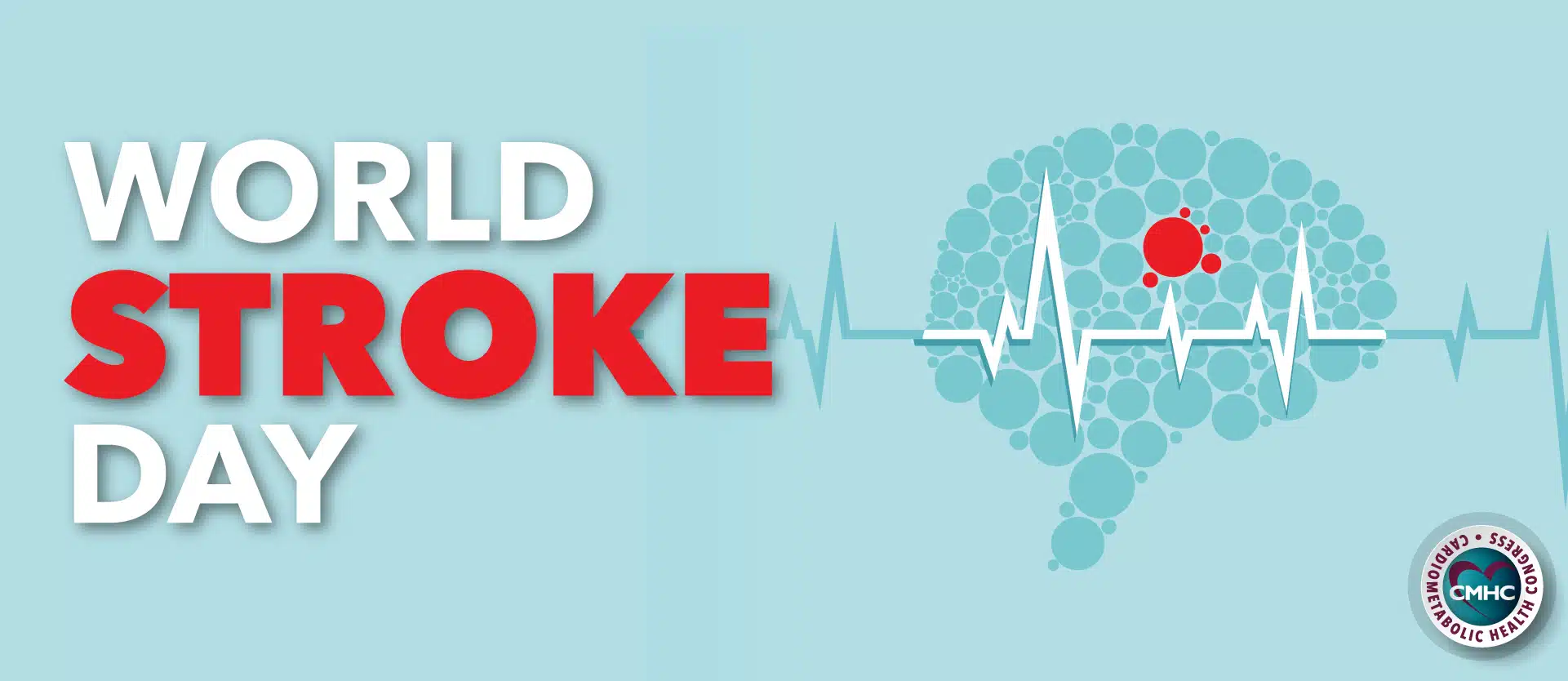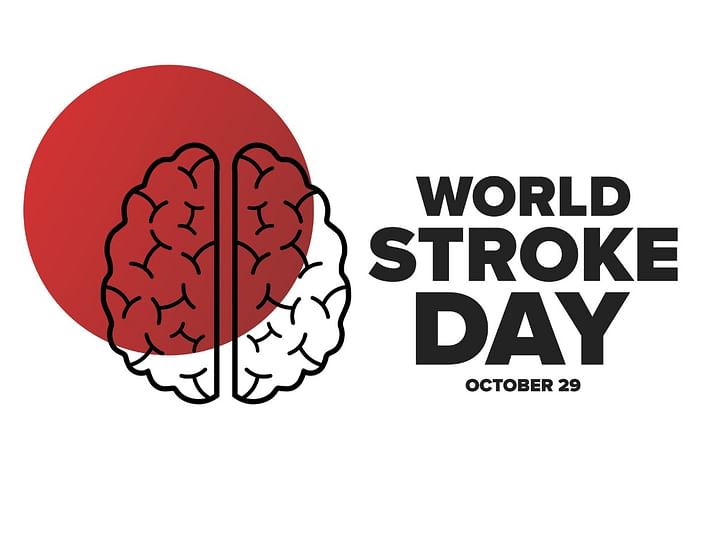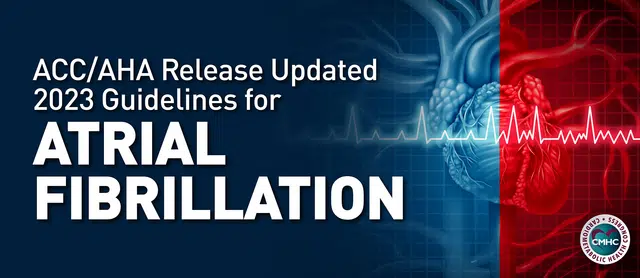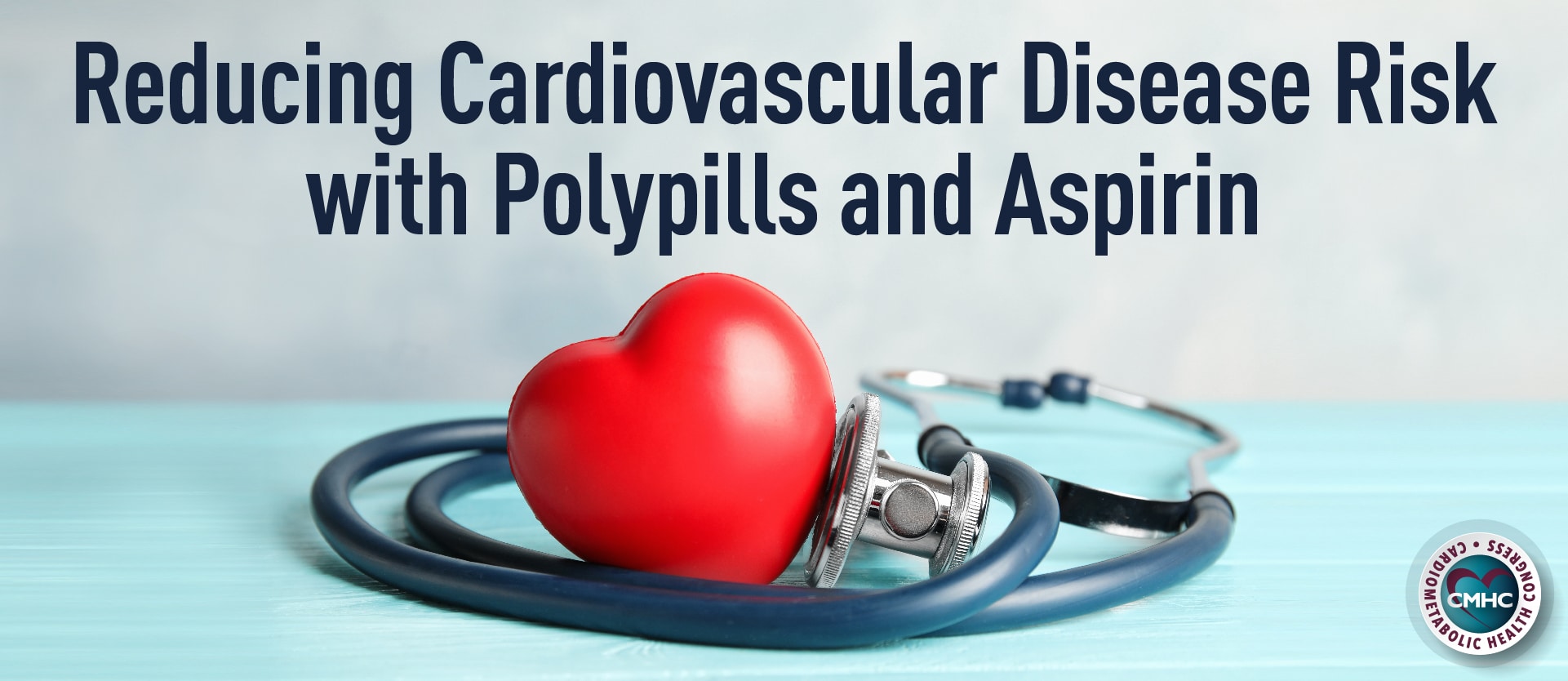World Stroke Day takes place every year on Oct. 29th. This global awareness day was established by World Stroke Organization and provides a global platform for the stroke community to increase awareness and drive action on stroke around the world. Remember, stroke is preventable, treatable and beatable.
The focus of the 2022 World Stroke Day is to raise awareness of the signs of stroke and the need for timely access to quality stroke treatment. Take some time today to share ways to reduce the burden of stroke through better public awareness of the risk factors and signs of stroke. Maybe you’ll advocate for action by decision-makers at global, regional, and national levels. You might remind your community of essential ways to improve stroke prevention, access to acute treatment, and support for survivors and caregivers.
Types of stroke
- Ischemic stroke. Most strokes are ischemic strokes, occurring when a blood clot or other particle blocks the blood vessels to the brain. Plaques can also cause blockages by building up in the blood vessels.
-
Hemorrhagic stroke. A hemorrhagic stroke happens when an artery in the brain leaks blood or ruptures, putting pressure on brain cells and causing damage. High blood pressure and aneurysms are examples of conditions that can lead to hemorrhagic stroke.
- Transient ischemic attack (TIA). Like ischemic stroke, blood clots often cause TIA, which is thought to be a warning sign of a future stroke. However, there is no way to know whether symptoms are from a TIA or from a major type of stroke, so patients must seek emergency care immediately. More than a third of people who have a TIA and don’t get treatment have a major stroke within a year.
-
Cryptogenic stroke. In some instances, despite testing, the cause of a stroke can’t be determined. As the name implies, this is labelled a cryptogenic stroke.
-
Brain stem stroke. When stroke occurs in the brain stem, it can affect both sides of the body and may leave the patient unable to speak or move below the neck.
How to spot a stroke
Teach your patients to pay attention to the warning signs of a stroke. Use the acronym FAST:
- F = FACE DROOPING. Does one side of the face droop or is it numb? Ask the person to smile. Is the person’s smile uneven?
- A = ARM WEAKNESS. Is one arm weak or numb? Ask the person to raise both arms. Does one arm drift downward?
- S = SPEECH DIFFICULTIES. Is speech slurred? Is the person unable to speak or hard to understand? Ask the person to repeat a simple sentence, like “The sky is blue.”
- T = TIME TO CALL. If you have any of these symptoms or see someone else having them, call 911 and be sure to note the time when symptoms first appeared.
Stroke facts and actions for providers
|
Fact |
Action |
|
During a stroke, brain tissue and millions of neurons begin to deteriorate quickly; every second counts. |
To identify stroke early, instruct your patients to watch for sudden: numbness or weakness of the face, arm, or leg; confusion or trouble speaking or understanding speech; vision problems in one or both eyes; dizziness, trouble walking loss of balance or coordination; or severe headache with no known cause. |
|
About one in four adults over the age of 25 will have a stroke in their lifetime. |
Educate even young patients that strokes can happen to them and make sure they can spot the warning signs. |
| Up to 90% of strokes can be prevented. |
Address risk factors like hypertension, diet, smoking and obesity NOW. Talk to your patients about how implementing lifestyle changes like smoking cessation, losing weight, and eating a plant-based diet can reduce their risk of stroke. |
Stroke and COVID-19
Stroke is a medical emergency and a global health threat that kills millions each year, but the COVID-19 pandemic has resulted in patients avoiding or delaying going to the hospital even when experiencing signs of stroke. There is also evidence that COVID-19 infection increases stroke risk, so it’s more important than ever to know the signs of stroke and call 911 immediately. Delaying care can have devastating consequences, increasing the risk of death and likelihood for severe long-term disability. Urge your patients to take action to save their own lives or the lives of those around them – if they suspect stroke, call an ambulance immediately.
Did you know that the incidence of stroke in younger patients is growing?
Did you know there’s a link between stress and stroke?



















